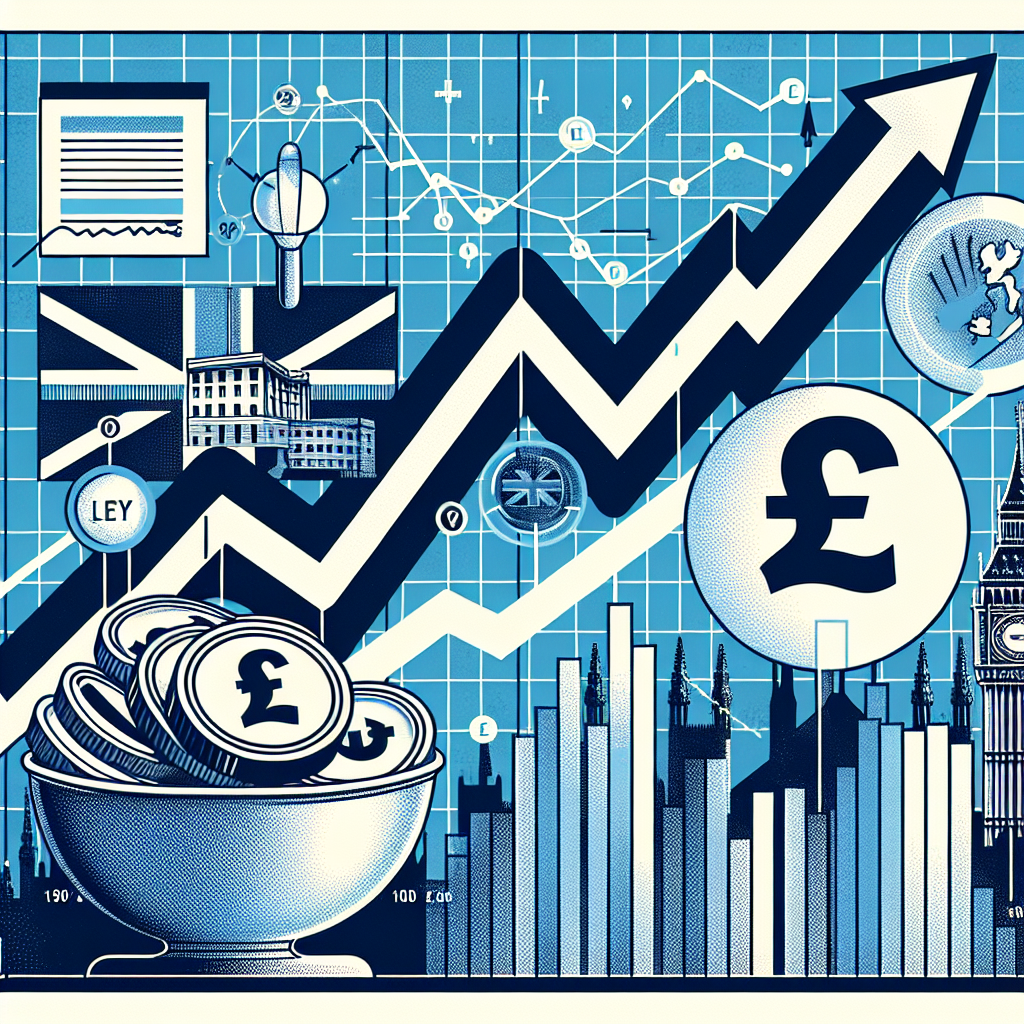Geopolitical Tensions and Trade Talks Drive German Yield Fluctuations
German two-year yields rise for the fourth consecutive day as geopolitical tensions mount with a Ukraine summit and U.S.-China trade negotiations. President Trump and President Putin are set to meet, and the trade truce deadline looms. German and U.S. yields react to potential rate changes influenced by these events.

Policy-sensitive German two-year yields are poised for a fourth consecutive daily rise amid geopolitical tensions and trade uncertainties. A pivotal week includes a high-stakes Ukraine summit between the United States and Russia, along with a deadline on a U.S.-China trade truce.
In an effort to negotiate peace in Ukraine, U.S. President Donald Trump and Russian President Vladimir Putin will convene on Friday in Alaska. This will mark the first face-to-face meeting between leaders of these nations since President Joe Biden's encounter with Putin in 2021. The existing 90-day pause in the U.S.-China trade war is also set to expire on Tuesday, with expectations of an extension.
German two-year yields, particularly sensitive to shifts in expectations for policy rates, rose 1.5 basis points to reach 1.97%, the highest since April 3. As euro rates increasingly mirror U.S. metrics, analysts emphasize the import of economic data from the U.S., which will significantly influence Federal Reserve pricing strategies.
(With inputs from agencies.)










